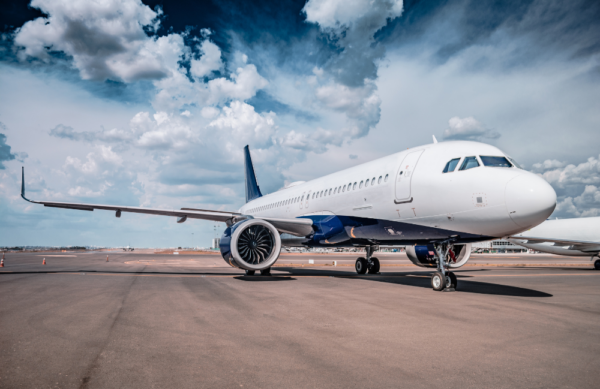Apron Parking Safety
Improve collaborative decision making during inclement weather to reduce the risk of accidents and mitigate disruption on the apron area.
An estimated 80% of all airport accidents occur at the gate and apron area, costing leading air carriers around $4 billion worth of damage each year.
JFK
EWR
Insight In this Dashboard
severity - 4 extreme
Monitor Conditions: Lightning & Thunder Risk
Prep teams. Monitor lightning activity, motion, directionality and speed 15 and 30 minutes into the future, based on distance from location. Receive cloud to ground alerts.
severity - 2 moderate
Implement High Wind Procedures: Stage 1
1. Secure all aircraft parking brakes, wheels, and equipment. Ensure doors are closed and that nothing is outside of the aircraft perimeter. 2. Discontinue use of TAIL STANDS and Stow PC Air House. 3. Ensure the tow bar and pushback tractor are secured before moving the jet bridge to the aircraft. 4. Do not position any ULD weighing less than 300 lbs on a cargo loader. 5. Confirm that parking and emergency braking systems are fully operational.
severity - 3 sever
Implement High Wind Procedures: Stage 2
1. Secure all aircraft parking brakes, wheels, and equipment. Ensure doors are closed and that nothing is outside of the aircraft perimeter. 2. Discontinue use of TAIL STANDS and Stow PC Air House. 3. Ensure the tow bar and pushback tractor are secured before moving the jet bridge to the aircraft. 4. Do not position any ULD weighing less than 300 lbs on a cargo loader. 5. Confirm that parking and emergency braking systems are fully operational. 6. Suspend loading passengers and remove all equipment staged on all aircraft
severity - 4 extreme
Implement High Wind Procedures: Stage 3
1. Secure all aircraft parking brakes, wheels, and equipment. Ensure doors are closed and that nothing is outside of the aircraft perimeter. 2. Discontinue use of TAIL STANDS and Stow PC Air House. 3. Ensure the tow bar and pushback tractor are secured before moving the jet bridge to the aircraft. 4. Do not position any ULD weighing less than 300 lbs on a cargo loader. 5. Confirm that parking and emergency braking systems are fully operational. 6. Suspend loading passengers and remove all equipment staged on all aircraft
severity - 4 extreme
Stop All Non-Essential Journeys On The Apron: Low Visibility
Implement low visibility protocol: Ensure all non essential vehicles and personnel have been removed from the apron. Bring RFFS to standby mode for all aircraft operations. Pilots must proceed with extreme caution and operate with dipped headlights and fog lights. Prepare for sudden appearance of an aircraft entering a stand. Operations ADM’s must prepare for potential delays.
severity - 1 minor
Wind Direction: S
Landing into the opposing wind lets pilots make a slower approach, offering a safer landing.
severity - 1 minor
Wind Direction: N
Landing into the opposing wind lets pilots make a slower approach, offering a safer landing.
severity - 1 minor
Wind Direction: E
Landing into the opposing wind lets pilots make a slower approach, offering a safer landing.
severity - 1 minor
Wind Direction: W
Landing into the opposing wind lets pilots make a slower approach, offering a safer landing.
severity - 1 minor
Wind Direction: SW
Landing into the opposing wind lets pilots make a slower approach, offering a safer landing.
severity - 1 minor
Wind Direction: SE
Landing into the opposing wind lets pilots make a slower approach, offering a safer landing.

